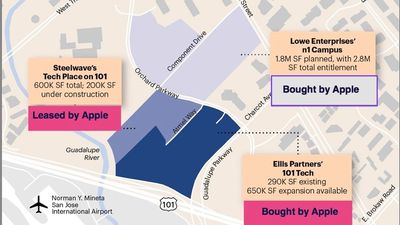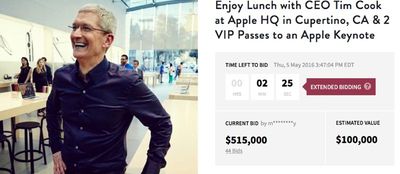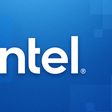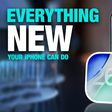Popular third-party Twitter client Tweetbot was updated to version 4.3 today, adding a new "Topics" feature that's designed to link multiple related Tweets together in a cohesive way. Tweetbot's Topics function is built around the Twitter feature that links Twitter conversations, something that clever Twitter users have utilized for "Tweetstorms."
Twitter has no built-in tool for handling grouped Tweets, leading Tweetbot to fill the void with its new "Topics" function. Tweets composed as a topic in Tweetbot will be linked all together via Twitter's built-in conversation threading and they'll also use the same hashtag so each Tweetstorm is viewable in a cohesive way to Twitter users regardless of the Twitter client being used to view the Tweets.

Sans Tweetbot, one would link several tweets together in a "Tweetstorm" by writing an initial tweet and then replying to that tweet, deleting the username at the start of the tweet. Though the username is removed, the tweets are still linked together in a conversation. Tweetbot's Topic feature simplifies this process.
Linking multiple tweets together is often desirable in situations where a single tweet won't suffice, such as a lengthy rant or live event coverage.
This release introduces Topics. A Topic is a way to let you quickly Tweet a group of related Tweets without having to manually reply to yourself and/or manually add the same hashtags over and over again. They are really great for rapid fire live Tweeting events.
Topics can be created by tapping on the Settings gear when composing a Tweet. Making a topic will prompt users to give the topic a title and an optional Hashtag, with another option to save the Tweets as a collection, visible in the Tweetbot app or embeddable in websites.
Today's update also includes several other tweaks to Tweetbot, including an option to hide the extra side column on the iPad, improved support for hardware keyboards, options for pasting images when composing a tweet, and more.
Other cool stuff
- You can now hide the extra side column on the iPad
- Much better support for hardware keyboards, including using arrow keys to navigate the timeline
- iPad images are no longer super huge
- You can paste images when composing a Tweet, really useful when using GIF (with a hard G) keyboards
- Support for Arabic language, including Right to Left UI
- Muting a user you don't follow will now also prevent Tweets from that user from showing up in your Mentions, Lists and Searches
- Support for Twitter Collections
- Quoting a Tweet looks much nicer when composing a Tweet
- Support for Firefox browser
- Improved support for uploading video to Twitter
- Fixed an issue where timeline would get stuck
Tweetbot can be downloaded from the App Store for $9.99. [Direct Link]


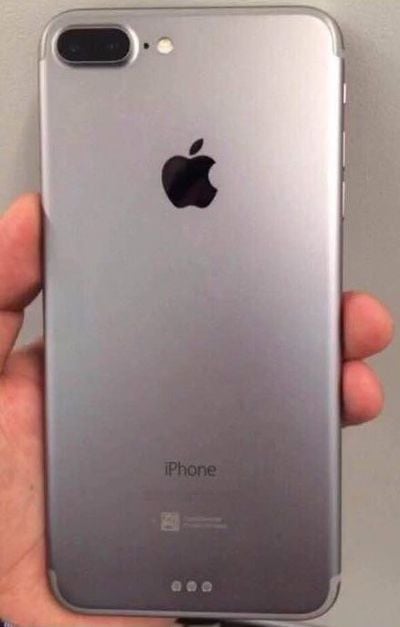
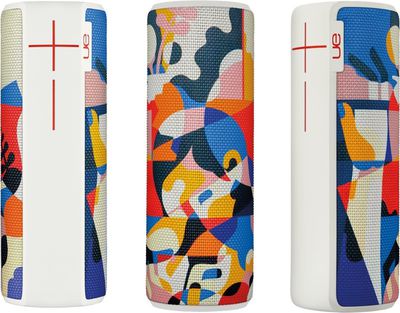



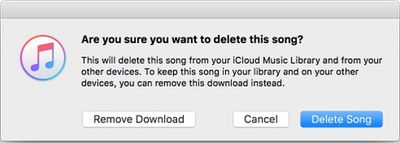
 Apple CEO Tim Cook has been named as one of several tech industry executives that will speak at
Apple CEO Tim Cook has been named as one of several tech industry executives that will speak at 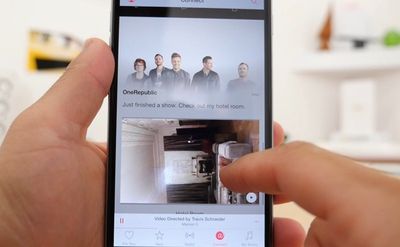
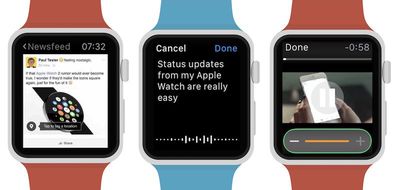
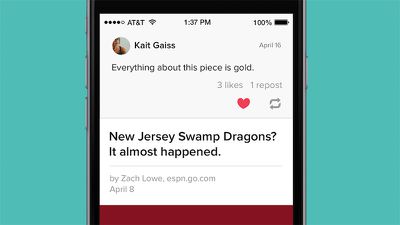

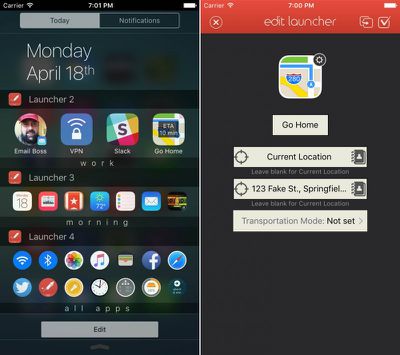
 Taiwan Semiconductor Manufacturing Company (TSMC) has begun to "tape out" the design for Apple's A11 processor built on a 10nm FinFET process, according to industry sources (via
Taiwan Semiconductor Manufacturing Company (TSMC) has begun to "tape out" the design for Apple's A11 processor built on a 10nm FinFET process, according to industry sources (via 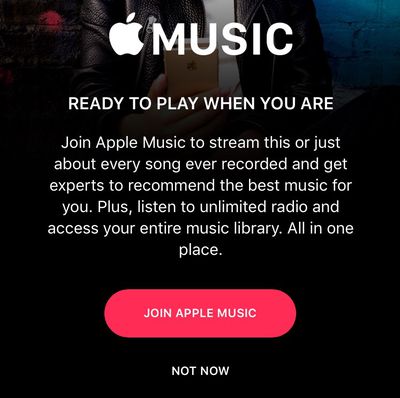
 Bob Kupbens, Apple's Vice President of Online Retail, has resigned from the company, reports
Bob Kupbens, Apple's Vice President of Online Retail, has resigned from the company, reports 